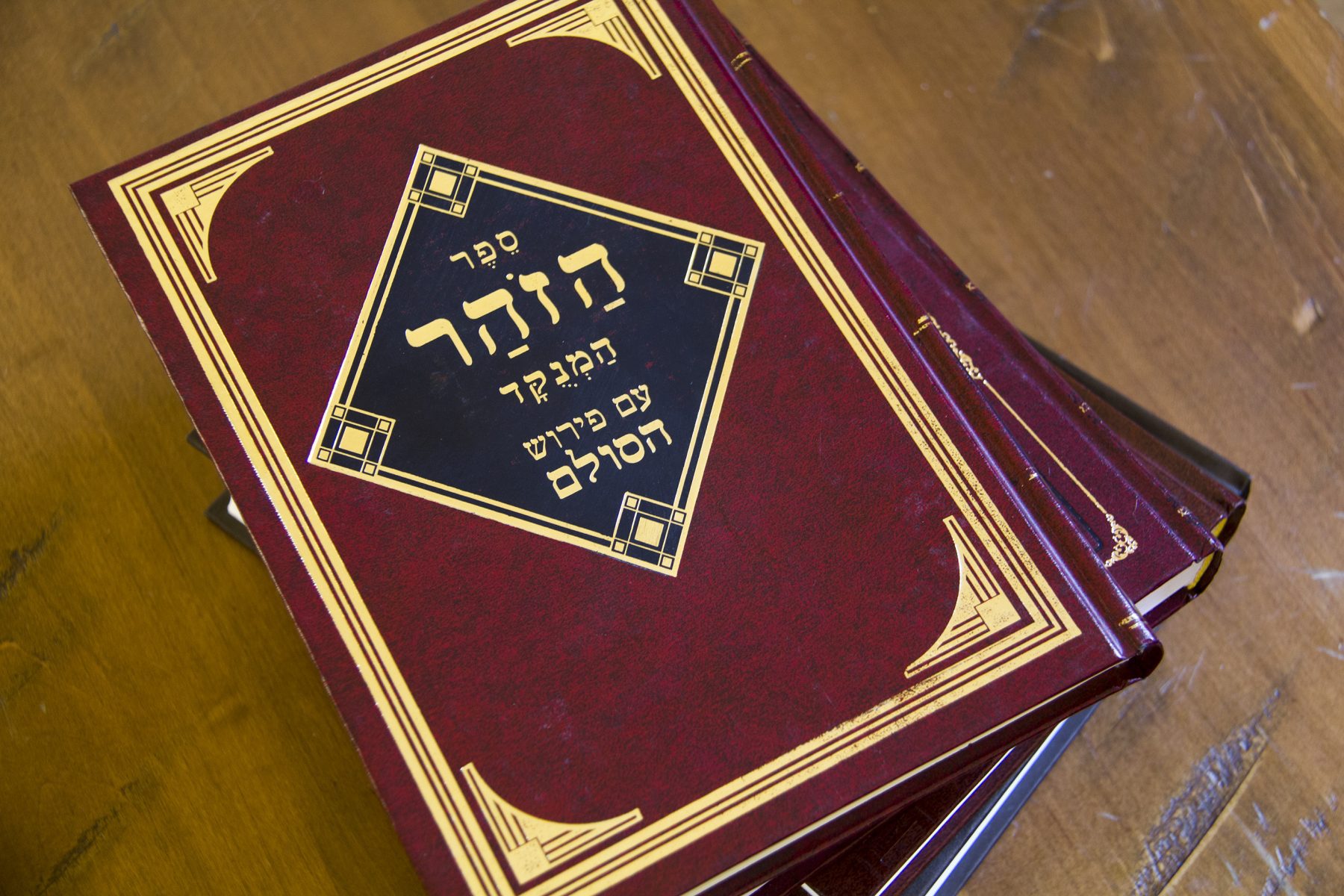
Unveiling the Mysteries of Kabbalah: A Journey into Jewish Mysticism
Kabbalah, often referred to as the “secret wisdom” or “hidden knowledge” of Judaism, is a mystical and esoteric tradition that has captivated the minds of scholars, seekers, and spiritual enthusiasts for centuries. Rooted in the Jewish faith, Kabbalah offers a unique perspective on the nature of the universe, the divine, and the human soul. In this article, we will embark on a journey to introduce the world of Kabbalah, exploring its origins, key concepts, and its profound influence on both Jewish and non-Jewish thought.
1. Origins and Historical Background
Kabbalah, a Hebrew word that means “receiving” or “tradition,” is believed to have originated in the late 12th and early 13th centuries in Provence, France, and later developed in the town of Gerona in Catalonia, Spain. It gained prominence through the works of influential Kabbalistic scholars, the most renowned being Rabbi Moses ben Shem Tov de Leon, who was attributed with the writing of the Zohar, the foundational text of Kabbalah.
Kabbalah, however, is not just a medieval development; its roots reach back into earlier Jewish mystical traditions, including Merkavah mysticism (focused on divine chariot visions) and Jewish Neoplatonism. Kabbalists believe that this mystical knowledge was orally transmitted from one generation to another, only put into writing when it was necessary.
2. The Fundamental Concepts of Kabbalah
a. The Sephirot: At the heart of Kabbalah are the ten Sephirot, often depicted as spheres or emanations on the Tree of Life. These represent attributes of the divine, such as wisdom, understanding, and compassion. Kabbalists believe that the Sephirot are interconnected and reveal the structure of the divine world.
b. Ein Sof: The Ein Sof, meaning “without end,” is the infinite and unknowable aspect of God. It exists beyond the Sephirot and represents the divine source from which all creation emanates.
c. Tikkun Olam: This concept is central to Kabbalistic ethics. It suggests that humanity’s purpose is to participate in the “repair” or restoration of the world. Through good deeds and spiritual practice, humans can help mend the brokenness in the world.
d. The Shekhinah: The Shekhinah represents the feminine aspect of the divine and is often described as the dwelling presence of God. It is a concept that emphasizes the immanence of God in the world.
e. Gilgul and Reincarnation: Kabbalah introduces the idea of reincarnation, suggesting that the soul is continually reborn until it achieves spiritual perfection. This belief is tied to the notion of rectifying past spiritual errors.
3. The Zohar: The Cornerstone of Kabbalah
The Zohar, meaning “The Book of Splendor,” is the most famous and essential text in Kabbalah. It is traditionally attributed to Rabbi Shimon bar Yochai, a sage from the 2nd century CE, although scholars generally agree that it was authored by Moses de Leon in the late 13th century. The Zohar consists of a collection of mystical commentaries on the Torah (the first five books of the Hebrew Bible), and it delves into the profound mysteries of Kabbalah.
The Zohar presents various themes and allegorical narratives that describe the relationship between the divine, the world, and the human soul. It explores the symbolism of the Sephirot, divine emanations, and the divine aspects of the Shekhinah. This mystical text has had a profound influence on Jewish thought and spirituality and continues to be studied and revered by Kabbalists and scholars.
4. Influence Beyond Judaism
Kabbalah’s influence extends far beyond the Jewish community. It has drawn the interest of spiritual seekers, philosophers, and scholars from various religious and philosophical backgrounds. In the late 15th and early 16th centuries, Kabbalistic ideas began to spread to Christian Europe, where Christian Kabbalists sought to integrate Kabbalistic thought with Christian theology. This interaction contributed to the development of Christian Kabbalah.
In the modern era, Kabbalah has become more widely known and studied outside the Jewish community, particularly through the efforts of organizations and teachers who have sought to share Kabbalistic wisdom with the broader public. However, it’s important to note that these contemporary forms of Kabbalah often differ from traditional Jewish Kabbalah in both content and approach.
5. Conclusion
Kabbalah is a fascinating and complex system of thought that offers profound insights into the nature of the divine, the human soul, and the cosmos. Rooted in Jewish mysticism, Kabbalah’s influence has reached beyond its origins, attracting spiritual seekers and scholars alike. Its concepts of the Sephirot, Ein Sof, Tikkun Olam, and the Zohar have left an indelible mark on the world of mysticism and spirituality.
As we continue to explore the depths of this ancient tradition, we find that Kabbalah is not only a path to understanding the divine but also an invitation to explore the innermost recesses of our own souls, fostering a deeper connection to the mysteries of existence and the oneness of all things.






sam
Thanks. Very interetsing